Western Australia, renowned for its vast and mineral-rich landscapes, is at the heart of a booming mining industry. This sector is a cornerstone of the state’s economy, but it comes with complex repercussions for Indigenous lands and the unique wildlife that inhabit these areas. This article delves into the nuanced effects of mining, outlining both the challenges and potential pathways toward sustainable practices.
Understanding Western Australia’s Mining Boom
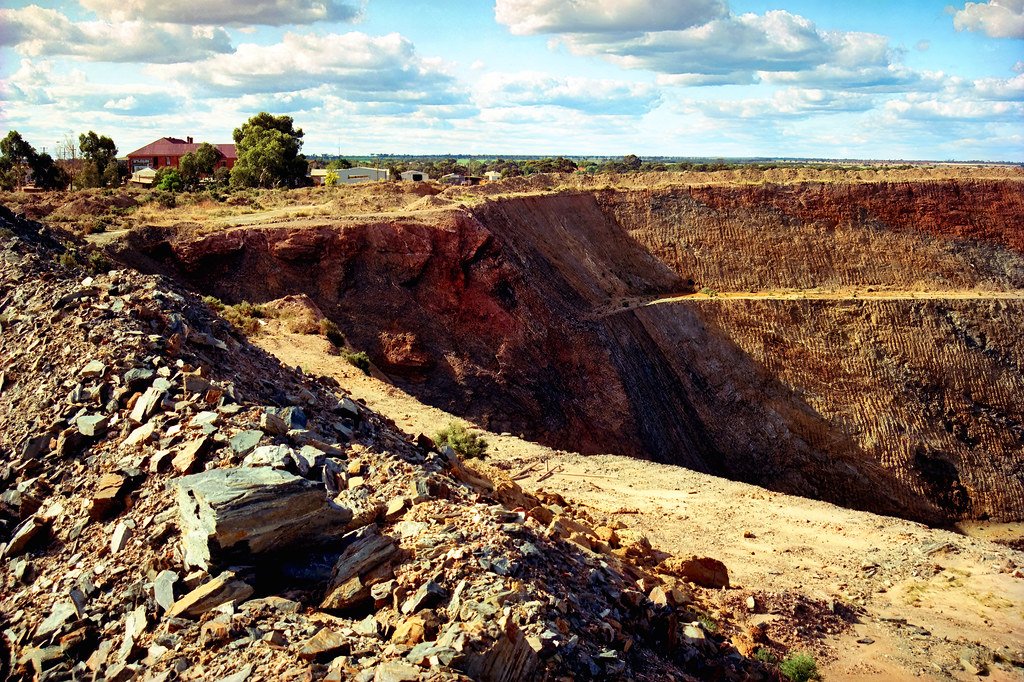
The rich mineral deposits of Western Australia, including iron ore, gold, and lithium, have placed the region at the forefront of global mining. This industry generates substantial economic benefits, providing jobs and contributing significantly to the state’s GDP. However, the expansion of mining activities inevitably affects the land and ecosystems.
Indigenous Land: Custodianship and Connection

For Indigenous Australians, land is not merely a resource; it is an integral part of cultural identity and heritage. Many mining sites overlap with lands traditionally owned and managed by Indigenous communities, resulting in a complex interplay of rights, responsibilities, and environmental stewardship. The challenge lies in balancing economic gain with the preservation of cultural and sacred sites.
Environmental Concerns: A Delicate Balance
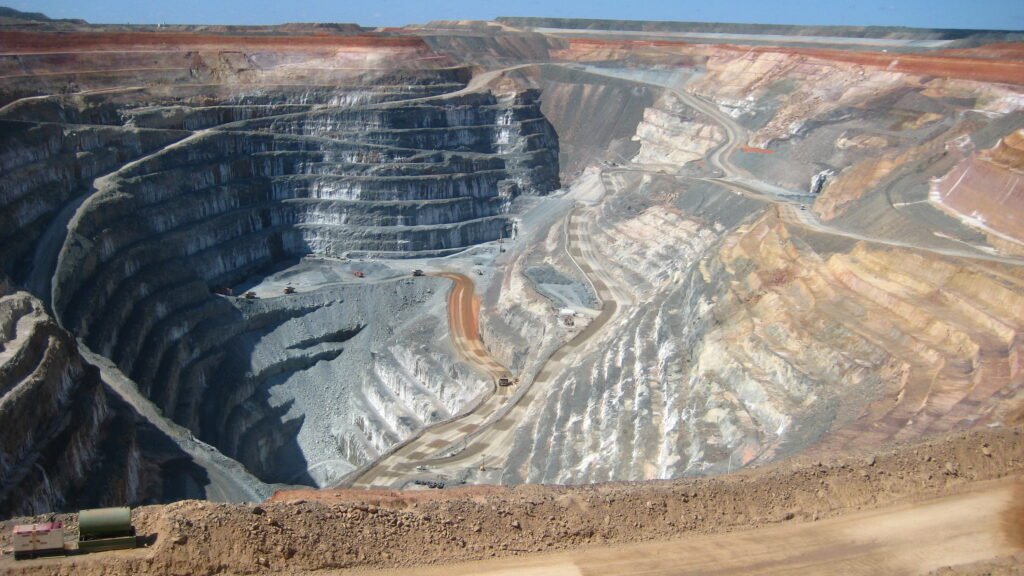
The environmental footprint of mining in Western Australia is significant. Land clearing, excavation, and waste disposal lead to habitat destruction, soil degradation, and water contamination. These activities disrupt the delicate balance of local ecosystems, threatening both plant and animal life.
Impacts on Local Wildlife

Western Australia is home to diverse wildlife species, many of which are endemic and cannot be found elsewhere. Mining disrupts habitats and can lead to declines in populations of vulnerable species, including the bilby, numbats, and various bird species. The introduction of invasive species and pollution further exacerbate these impacts.
Regulatory Frameworks and Their Limitations
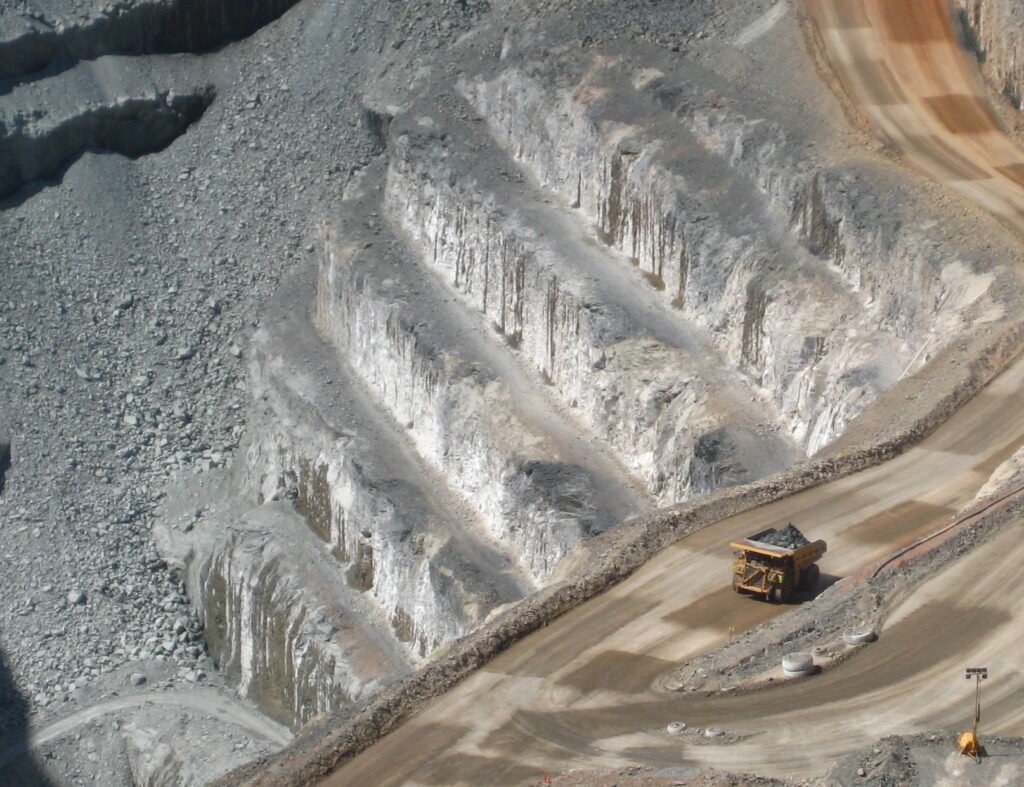
The Australian government implements strict regulatory frameworks intended to safeguard the environment and Indigenous lands. However, enforcement and compliance remain challenges, often influenced by political and economic pressures. The existing frameworks sometimes fall short in providing adequate protection and remediation measures.
The Role of Indigenous Voice and Consultation
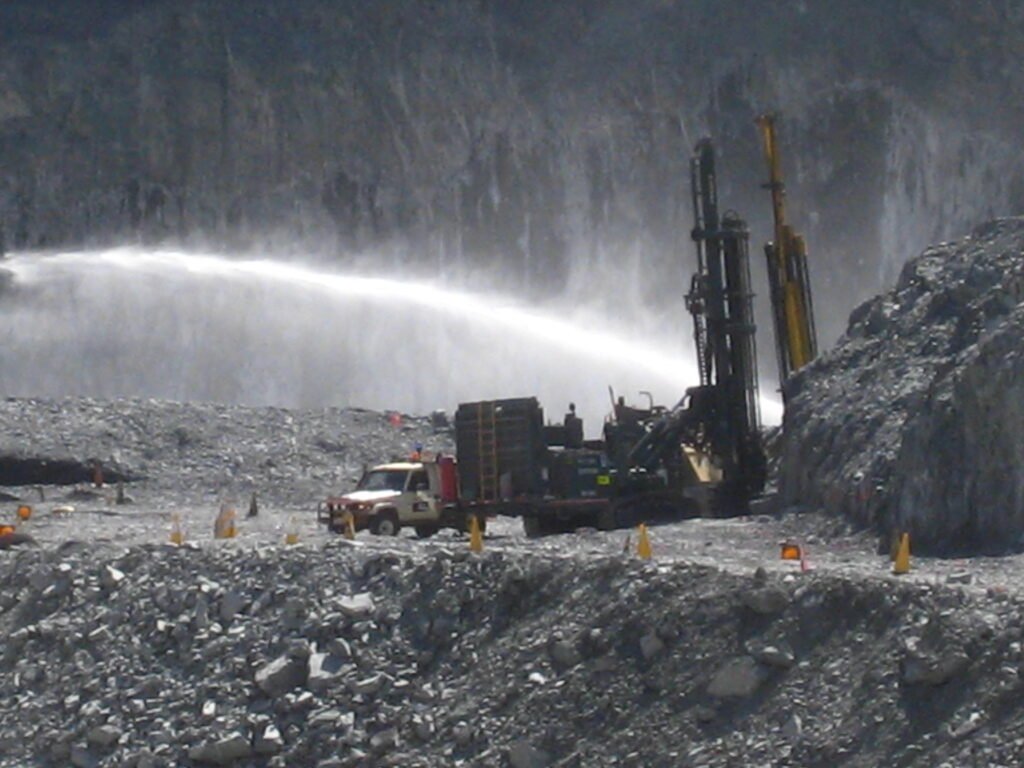
Consultation with Indigenous communities is legally required before mining approvals are granted. However, the effectiveness of these consultations in ensuring meaningful engagement and equitable outcomes varies. Incorporating Indigenous knowledge and perspectives is crucial in crafting sustainable solutions that respect cultural heritage.
Innovative Approaches to Sustainable Mining
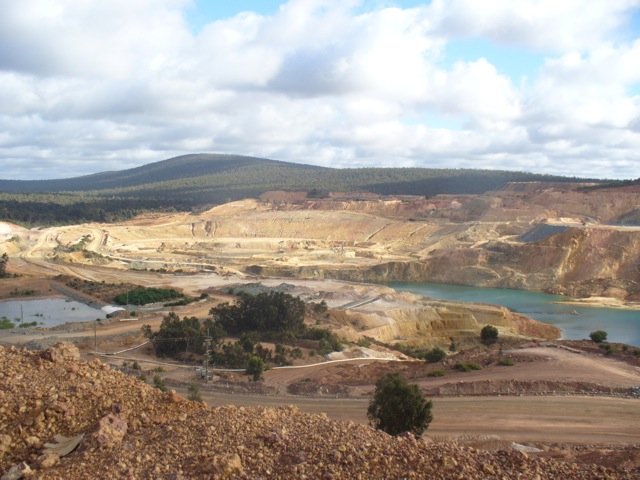
There is a growing movement towards sustainable mining practices aimed at minimizing environmental impact and respecting Indigenous rights. These include the adoption of renewable energy in operations, improved waste management solutions, and more inclusive decision-making processes with Indigenous communities.
Rehabilitation and Restoration Efforts
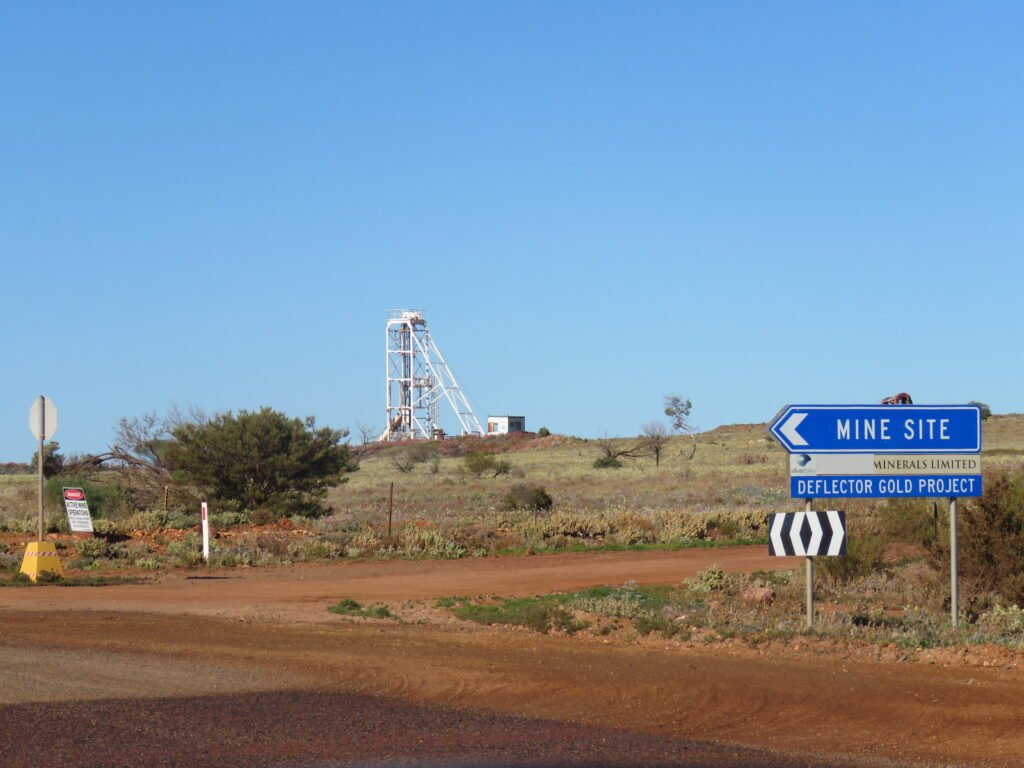
Efforts to restore mined areas to their natural state are increasingly part of mining operations. Rehabilitation programs focus on replanting native vegetation and rebuilding ecosystems to support wildlife. These initiatives, though encouraging, require ongoing commitment and monitoring to be successful.
Community Partnerships for Better Outcomes
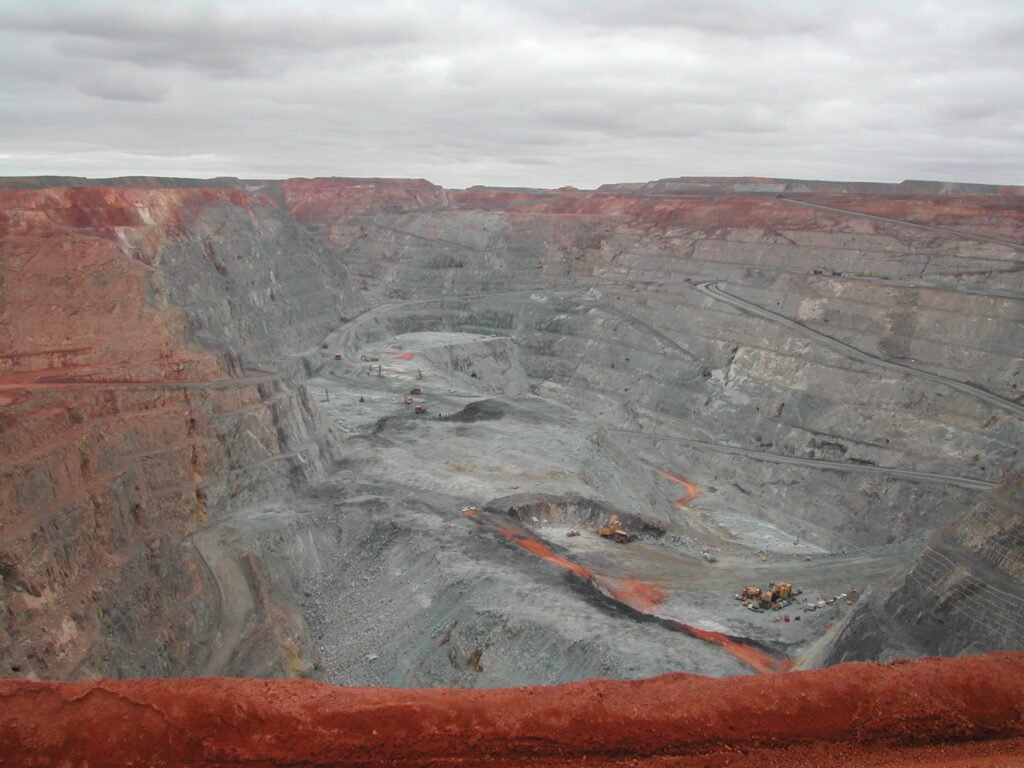
Collaboration between mining companies, Indigenous communities, and environmental organizations is crucial for achieving better outcomes. These partnerships can lead to co-managed conservation projects and stronger community benefits through agreements that prioritize long-term welfare over short-term profits.
Conclusion: Striving for Equilibrium
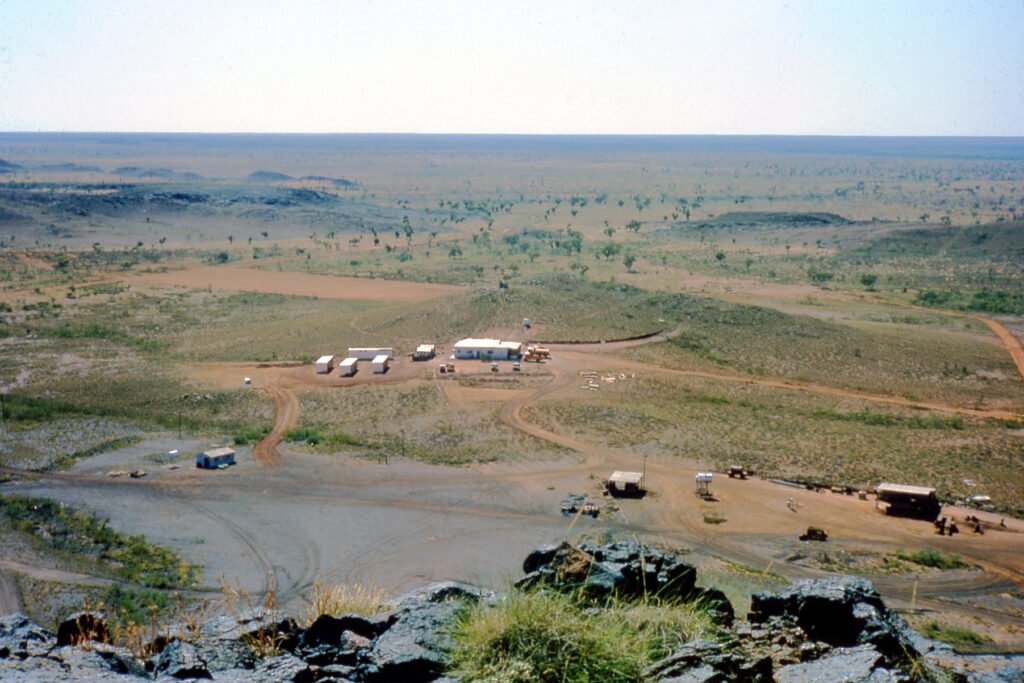
The mining industry in Western Australia stands at a crossroads. While the economic importance of mining is undeniable, it must not come at the expense of Indigenous lands and the natural environment. Striving for a balance that respects cultural heritage, protects wildlife, and ensures sustainable development is essential. By investing in innovative solutions, enhancing partnerships, and fostering genuine dialogue with Indigenous communities, Western Australia can work towards a future where economic progress does not compromise ethical and environmental stewardship.




